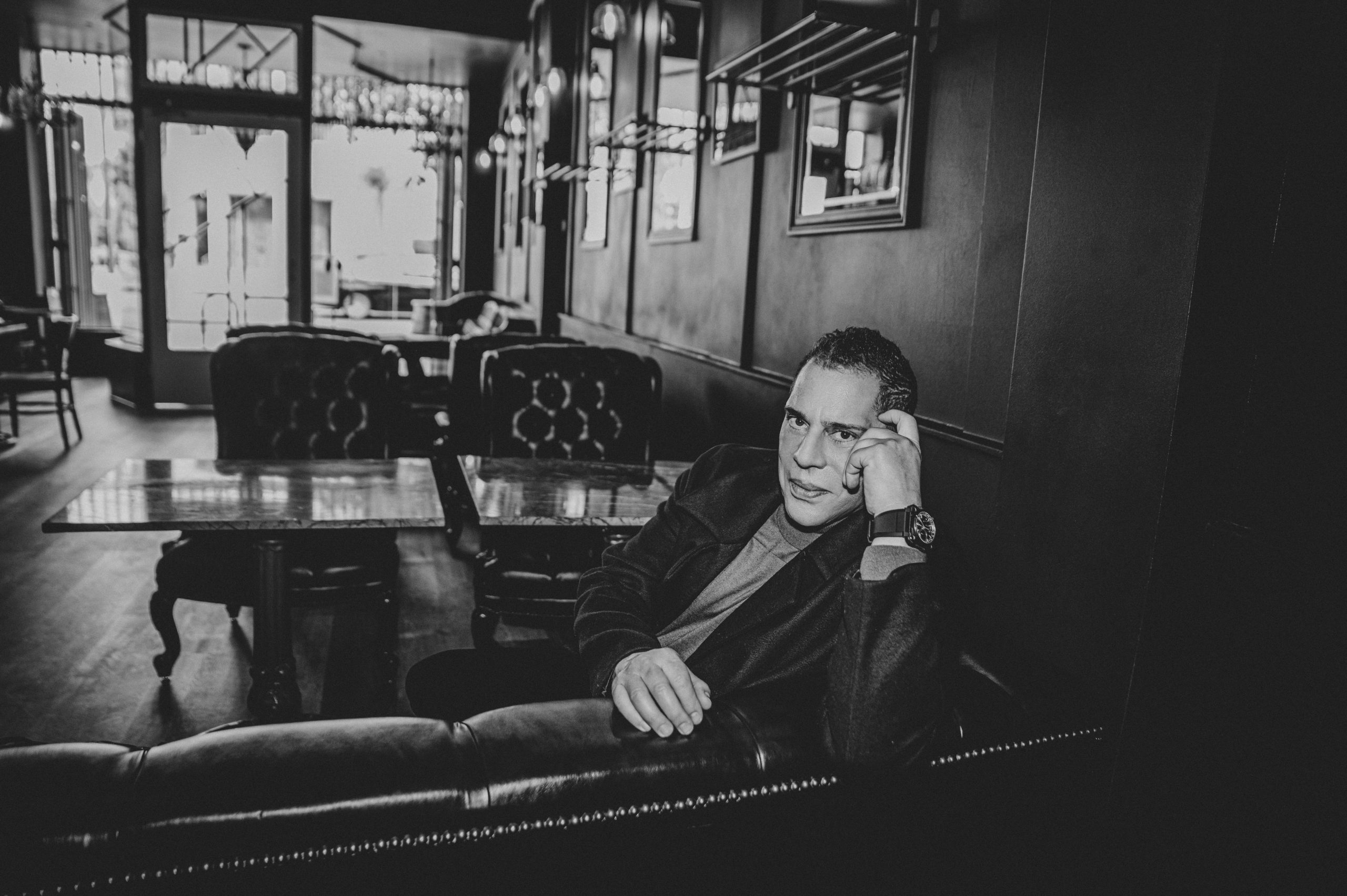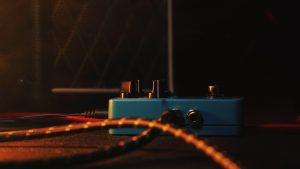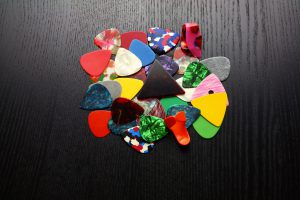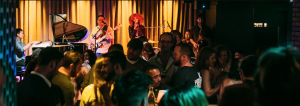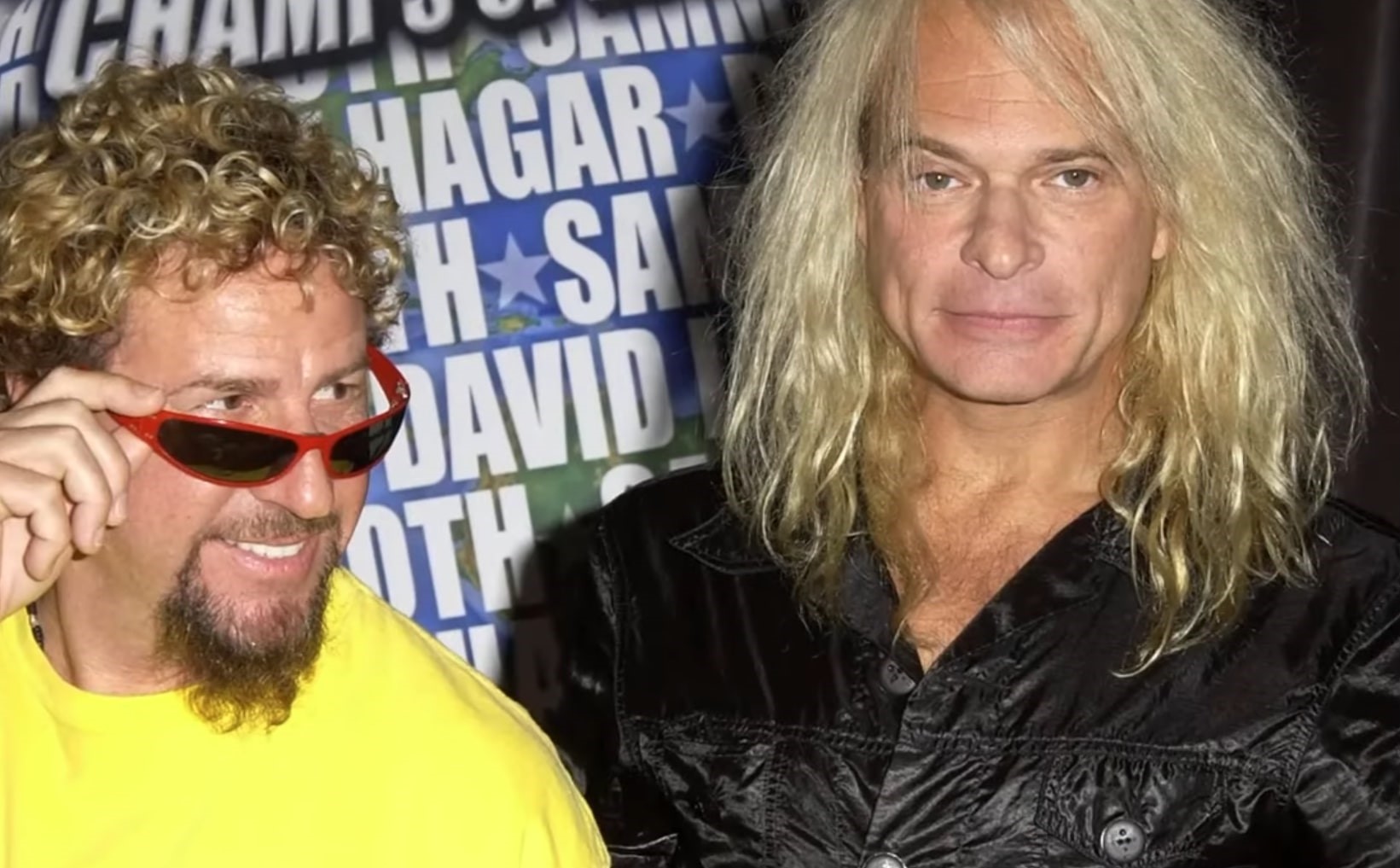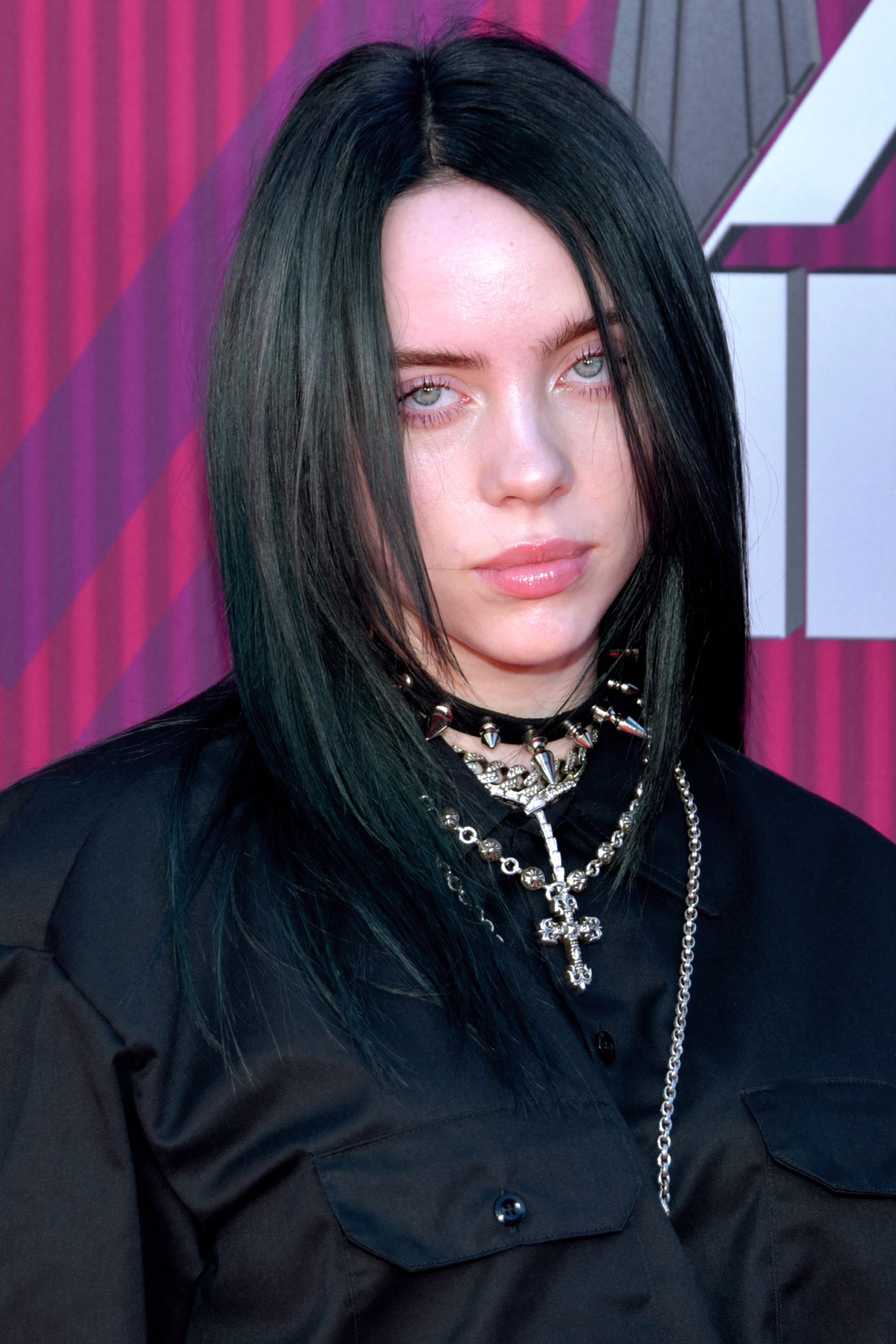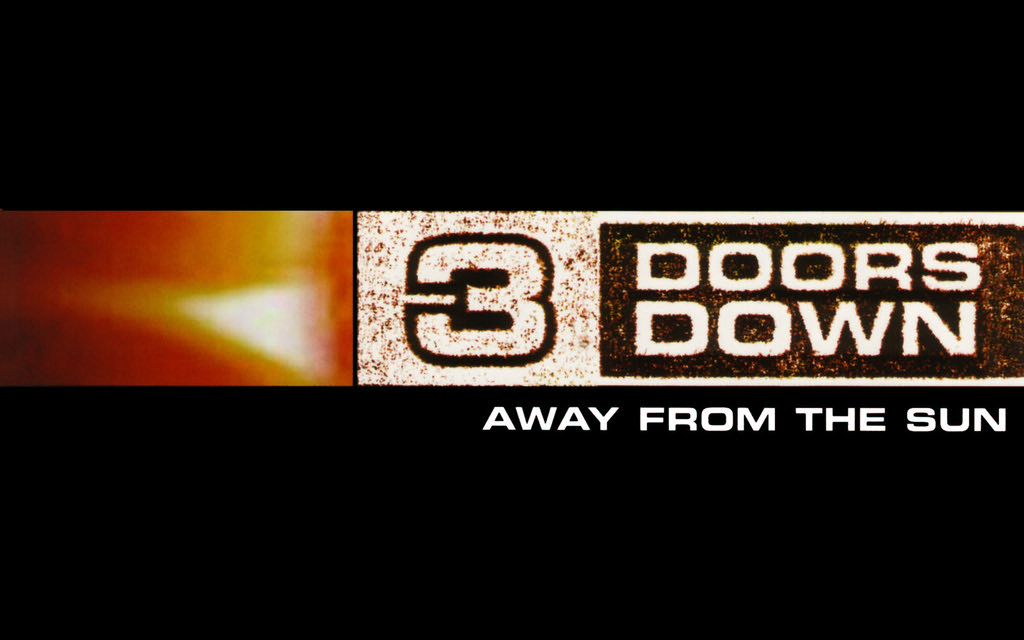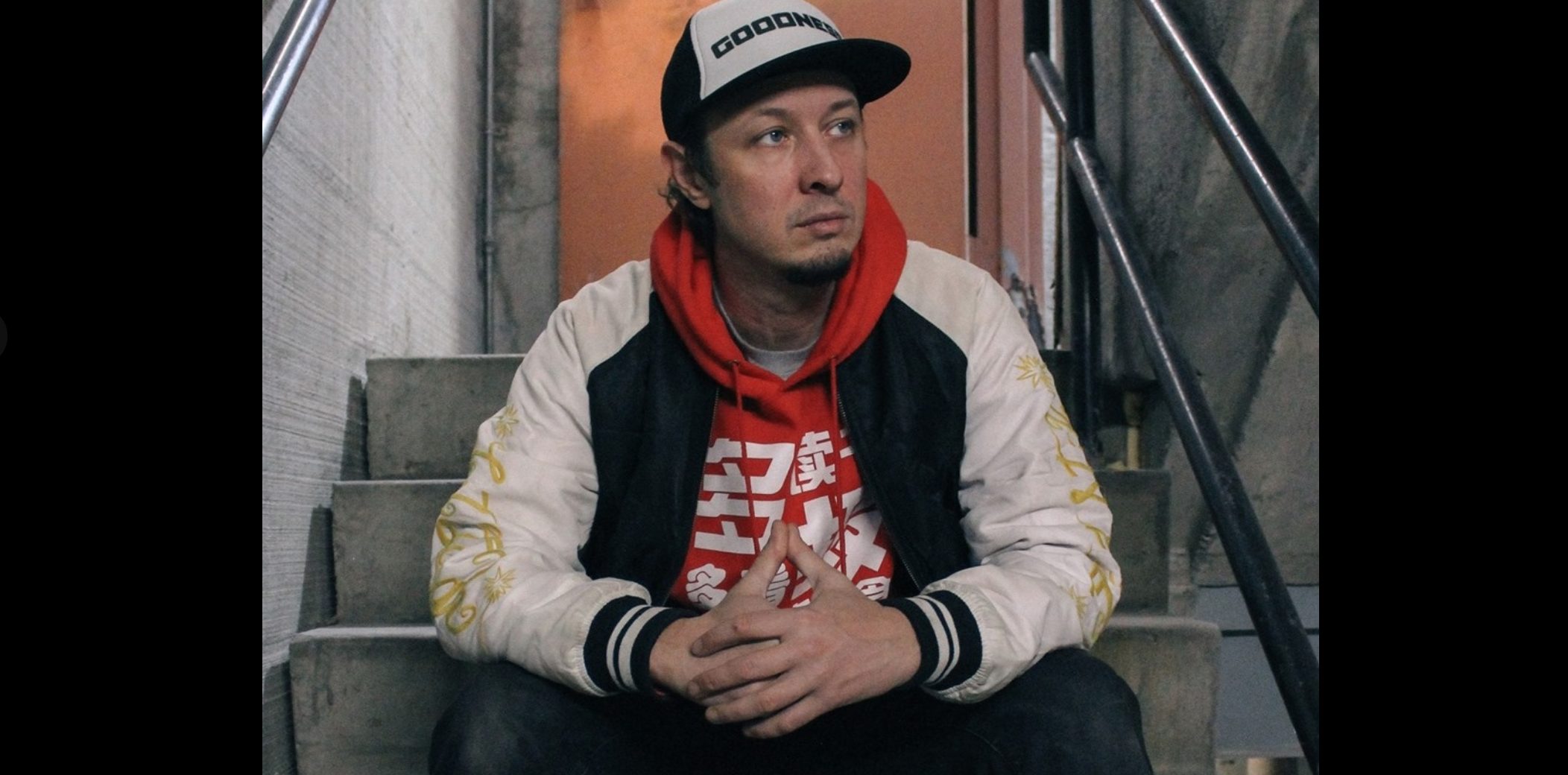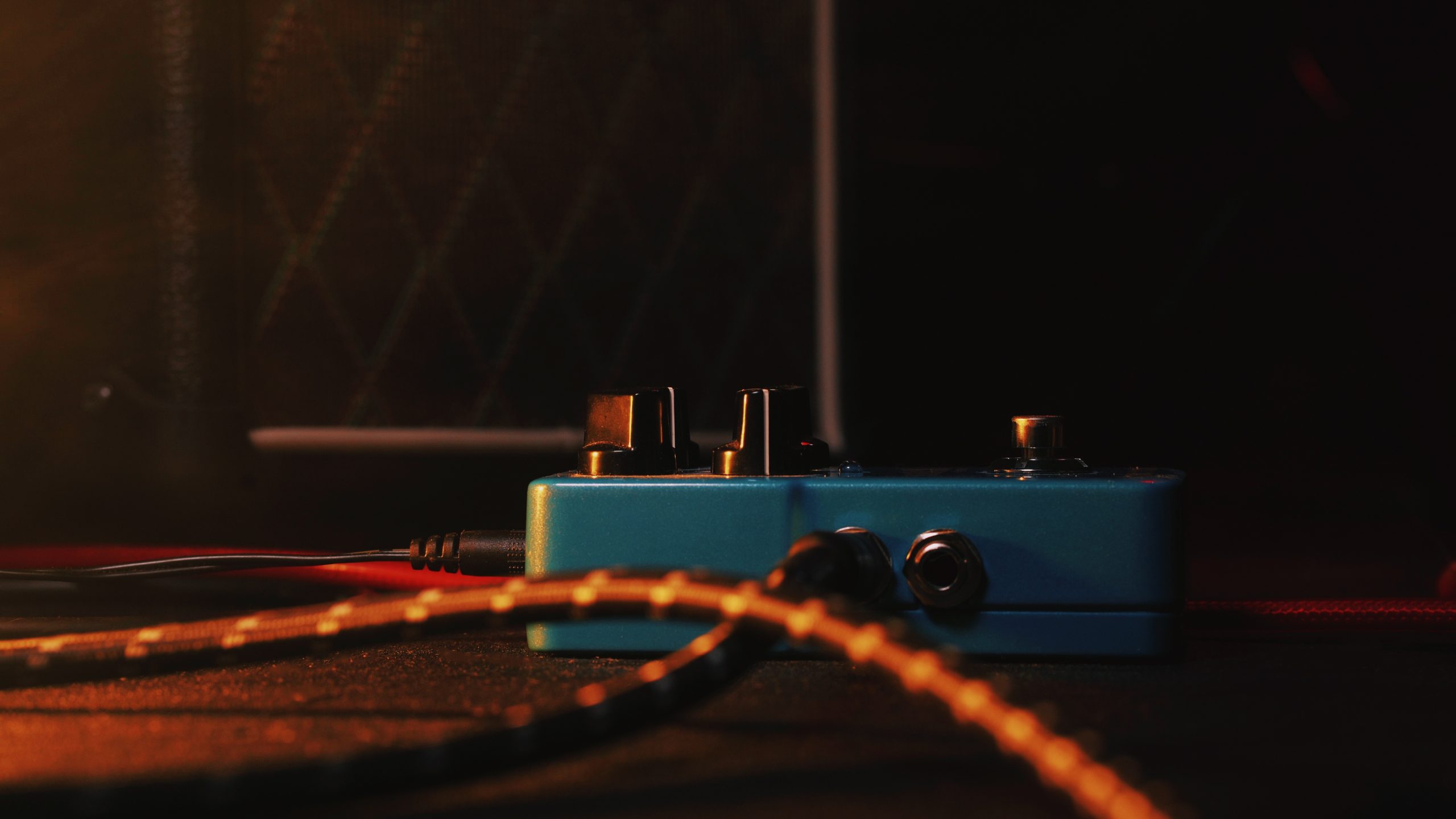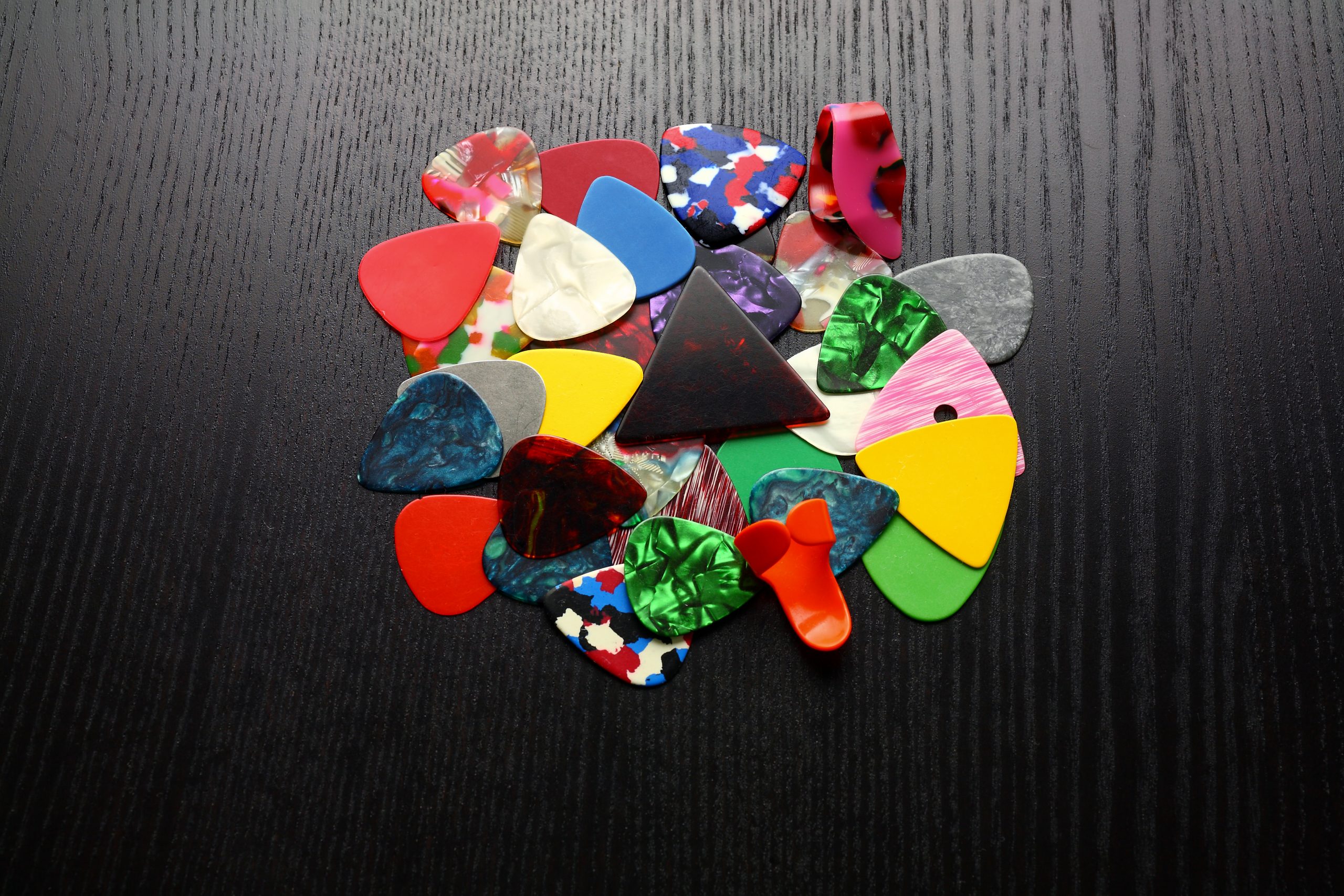The road from shooting sweaty punk bands at Boston’s legendary Rat club to crafting meticulous celebrity portraits in Los Angeles isn’t exactly well-traveled. But Michael Grecco navigated it with the same precision he now uses to sculpt light around Hollywood’s elite.
“Lighting was the nail I hung my sign on,” Grecco tells me from his LA studio, sunlight streaming in after what he describes as a morning gym session. It’s the kind of California moment that seems a universe away from the gritty beginnings he recounts from his early career at the Associated Press in Boston.
The Photojournalism Trenches
Before Instagram made everyone with a phone feel like Annie Leibovitz, Grecco was learning the brutal economy of photojournalism under a former Navy SEAL at the AP’s Boston bureau. “It was the trenches,” he says. But while days were spent chasing spot news and political press conferences, nights found him documenting Boston’s explosive punk scene, where the sweat literally dripped from the ceilings of venues like The Rat in Kenmore Square.
What separated Grecco from the pack wasn’t just technical skill but a fundamental desire to tell stories through images. The journalism world taught him “the who, what, when, where”—but it was portraiture that finally gave him freedom to explore the elusive “why.”
Time-Life Under the Covers
His creative compass was calibrated early, behind the Greenburgh Public Library in suburban New York, where he’d pore over Time-Life photography books deep into the night. “I was coveting those photographs. I would be up in bed looking at these pictures thinking, ‘Wow, I’m going to be a photographer someday.’”
The soundtrack to this visual education wasn’t what you’d expect. While his peers were devouring arena rock, teenage Grecco was mainlining free jazz—Ornette Coleman, Thelonious Monk, Art Ensemble of Chicago.
“I was really into jazz,” he explains with the slightly defensive tone of someone who’s spent decades explaining why he wasn’t into Journey or Styx. “Commercial radio, what they called album-oriented rock—those FM stations were formulaic. The music was terrible, record-company produced.” The jazz-head in him “almost wanted to puke” at the calculated radio playlists of the era.
From Punk Clubs to Portrait Studios
This attraction to improvisation and artistic freedom perfectly positioned him for Boston’s punk explosion, where DIY ethos trumped commercial polish. But even then, Grecco noticed something about his own work: “If you look at the punk body of work, you see I’m very interested in portraiture.”
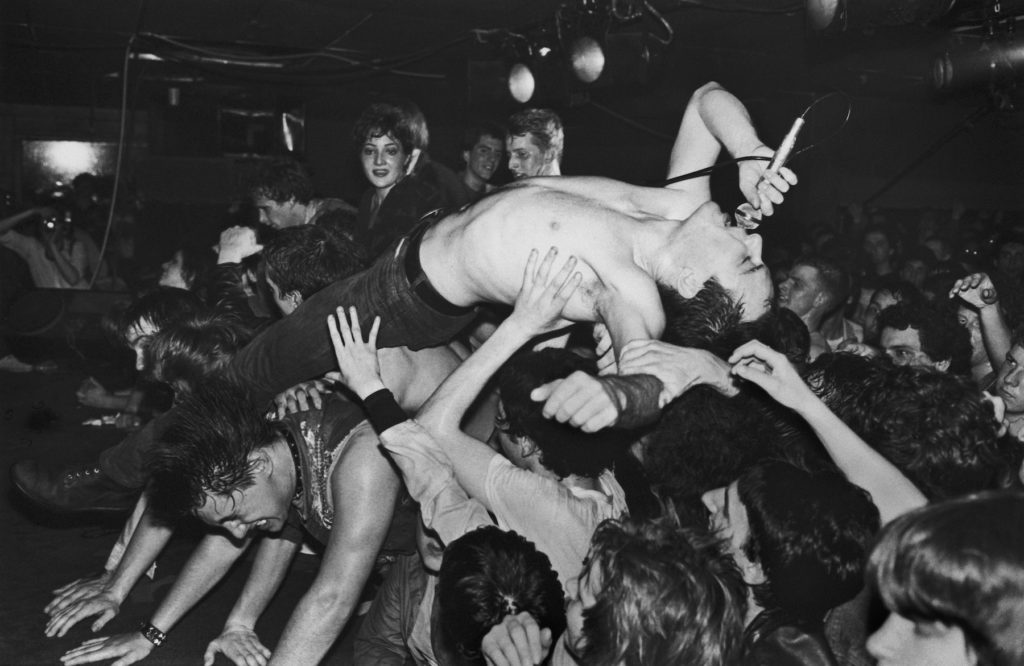
That realization eventually led him away from the deadline-driven world of photojournalism. The process wasn’t without resistance. When he told M.C. Marden, director of photography at People magazine (where he’d become a regular shooter), that he wanted to focus on portraits, “she was actually mad at me. She’s like, ‘But you’re so good at it. You’ve taken some of the best journalism pictures we’ve had in the magazine.’”
Hollywood Calling
But artistic restlessness won out. Grecco made the leap, landing in Los Angeles in 1987, where the foundation for his signature style was built through obsessive study of cinematic lighting. From grips and gaffers on TV and film sets, he absorbed techniques that most photojournalists never encountered—like “de-lensing” Fresnel lights to create dramatic shadows.

The compulsive tinkerer even had a custom strobe guy retrofit a Mole-Richardson studio 2K with a strobe head. When asked if photographers would go to such lengths today, he laughs. “You had to.”
The X-Files Effect
His breakthrough came shooting Fox’s “The X-Files” in 1993. “Do what you do,” his editor told him—words that finally liberated Grecco to fully embrace his dramatic, cinematic lighting style. “I really made lighting and dramatic shadows my brand,” he says. The resulting images—backlit, cross-processed, filled with atmospheric tension—became iconic representations of the series.
For Grecco, the approach to celebrity portraiture isn’t about technical perfection but authentic connection. “You relate to someone. You talk makeup, wardrobe, whatever it takes. You’re not transactional. You’re human.” This philosophy has helped him disarm subjects from Steve Martin to Will Ferrell, finding their authentic essence behind carefully cultivated public personas.
The Defining Image
When asked to identify one image that represents his artistic turning point in Los Angeles, Grecco points to an early portrait of South African poet Barry Yourgrau for Buzz magazine. The shoot, done near Griffith Observatory, featured Yourgrau posed with his beloved but dilapidated 1968 Dodge Dart. Yourgrau had written a tongue-in-cheek piece about how his “shitbox” was the coolest car in Los Angeles, so Grecco turned him into a human hood ornament, using cross-processed film to create a dreamlike quality.
“That was the picture that I feel… was really the defining picture,” Grecco says. “It was emblematic of my conceptual freedom days.”
Photography’s Digital Disruption
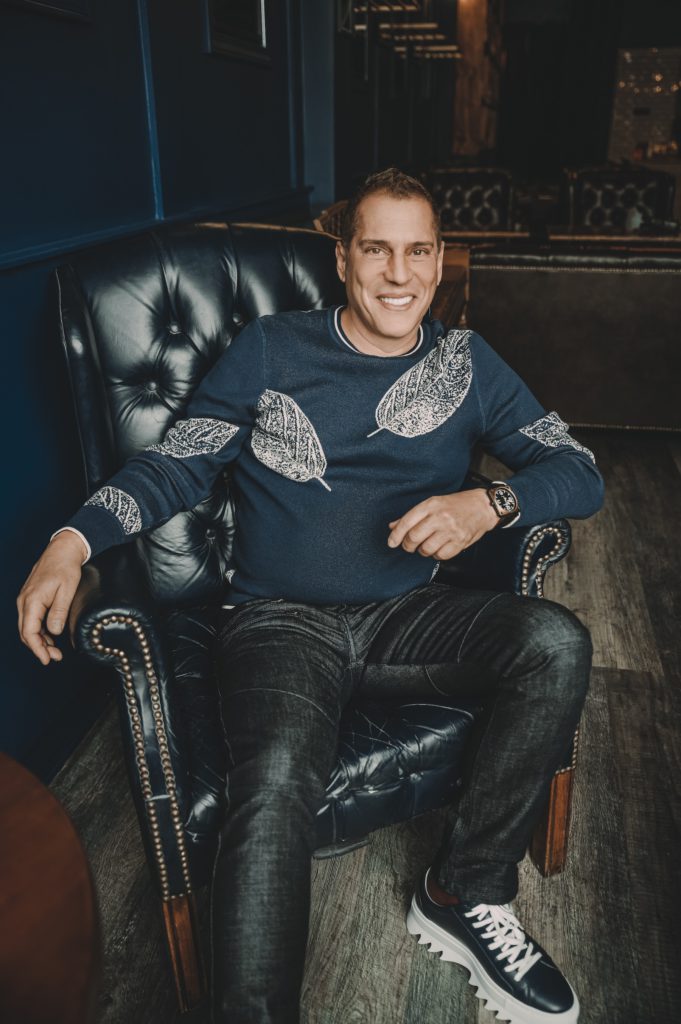
Today, Grecco acknowledges the seismic shifts in photography—the rise of digital manipulation, smartphones, and the slow erosion of print media budgets. “When Google rose and print advertising dollars dried up, everything changed,” he notes. “Photography became ephemeral. Disposable.”
The collapse of the traditional photography market was inevitable. “In the 80s, it wasn’t as difficult as it would be now to get a magazine assignment,” he reflects. “But I think the market conditions have undermined any possibility for that industry to be the same as it was. It’s different, and it’ll always be different.”
The Story Remains
In a world where everyone has a high-quality camera in their pocket and AI-generated images loom on the horizon, what remains constant for Grecco is his storytelling instinct. “If I were given a big magazine shoot today and had to tell a story, I would conceptualize it with props and wardrobe,” he says.
He still carries the DNA of that kid who listened to avant-garde jazz while everyone else was tuning into album-oriented rock. The one who spent nights in libraries staring at photos instead of checking them out “because a week wasn’t long enough.” The Boston Herald staffer who knew there was more to photography than just getting the shot.
For all the technological changes, the fundamental truth Grecco discovered early remains: “If you know how to tell a story—if you can light it, feel it, connect to it—you’ll always create work that matters.”


